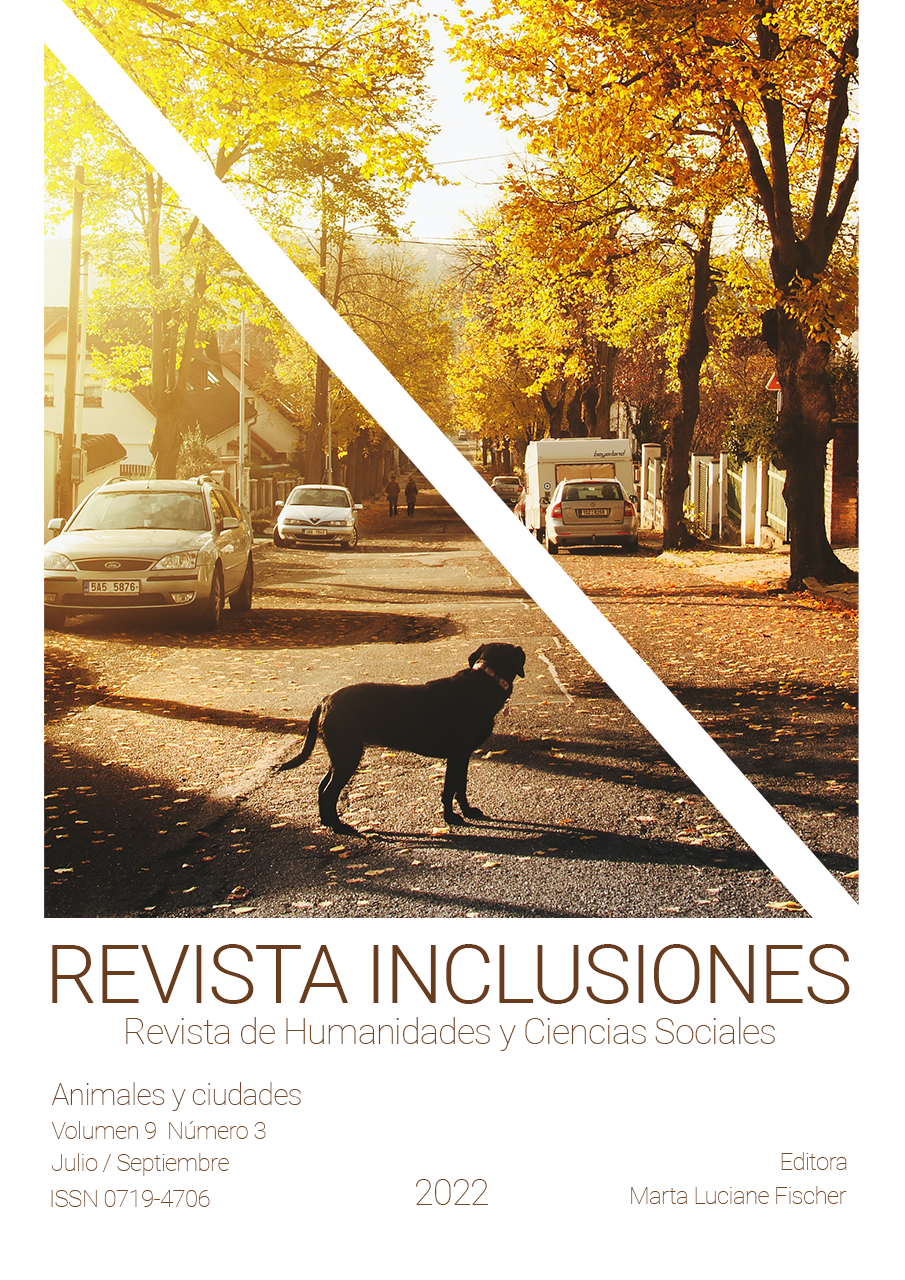SENSORY POLLUTION AND MAMMALS IN URBAN ENVIRONMENTS: A REVIEW
DOI:
https://doi.org/10.58210/fprc3374Abstract
Human activity is a key element in transforming the natural environment. The
advance of urbanization, the increase in pollutants and the degradation of
environmental areas are just some of the points present in the transforming
process that man exerts on nature. However, anthropic impacts directly affect the
behavior and ecology of animals that inhabit their surroundings and may change
their habits. In this way, the objective of this work was to evaluate the behavioral
changes arising from contact with sensory pollution in non-human mammals
present in cities. A literature review was carried out, seeking to list the main data
on the subject. Google Scholar and Web of Science search portals were used,
with combinations of words in Portuguese and English. The selected articles
presented relevant information about sensory pollutants and their relationship
with mammals. After analyzing the content, 36 publications were obtained that
addressed the topic in a relevant way. It is evident that sensory pollution and its
relationship with mammals is still a field to be studied. Organisms show specific
reactions to different types of pollutants, demonstrating that human activity can
affect individuals in different ways, affecting their social relationships and their
search for resources. It appears that further studies are needed to understand
the real impacts of human presence in the life history of these animals, also
seeking to gather information for the construction of management and urban
plans that can mitigate the adverse effects of human activity on the environment.
Published
Versions
- 22-11-2022 (4)
- 15-11-2022 (3)
- 24-10-2022 (2)
- 30-06-2022 (1)
How to Cite
Issue
Section
Los autores retienen los derechos de autor y otorgan a Revista Inclusiones el derecho de publicación bajo Creative Commons Attribution 4.0 International (CC BY 4.0). Esto permite el uso, distribución y reproducción en cualquier medio, siempre que se otorgue la debida atribución al autor.











